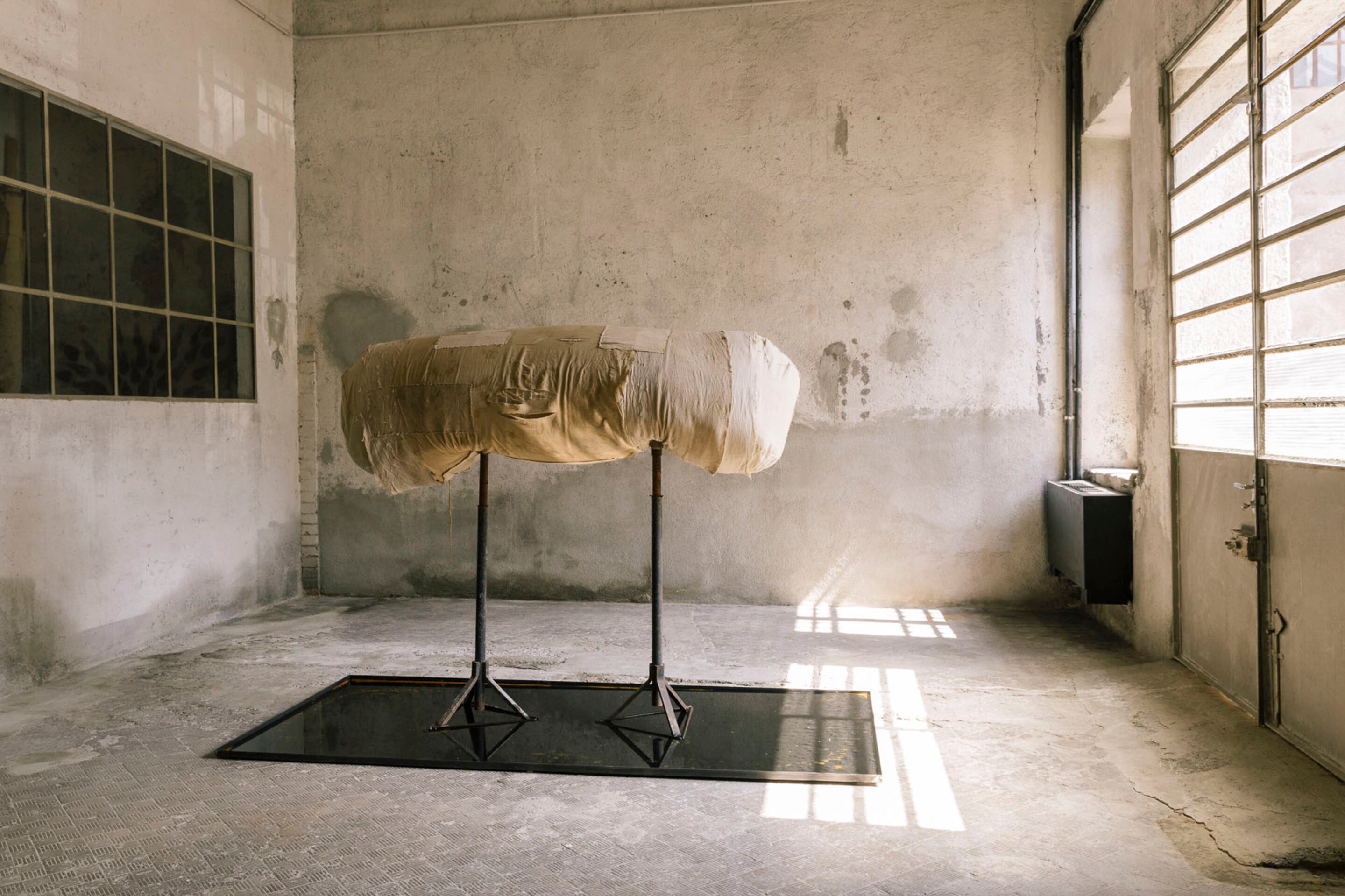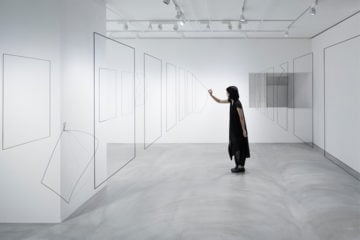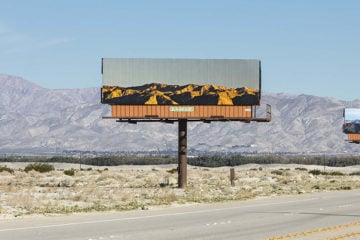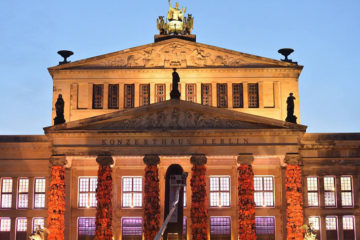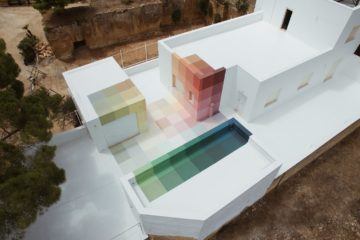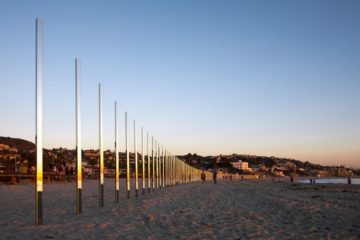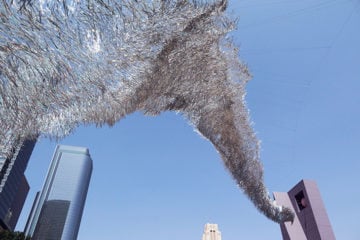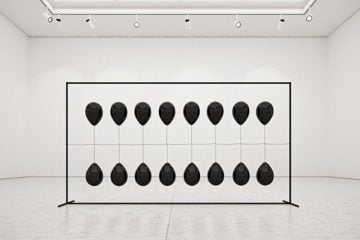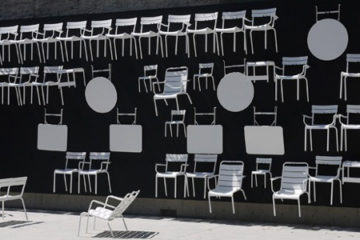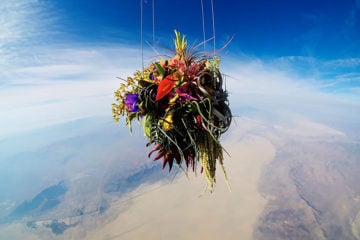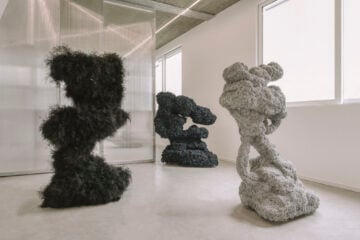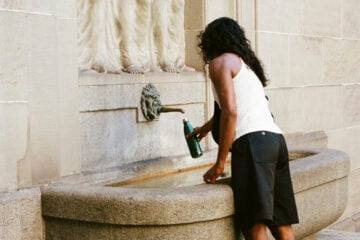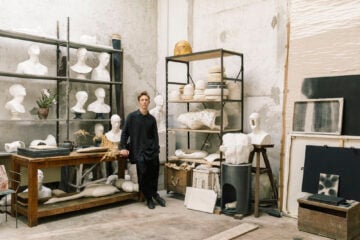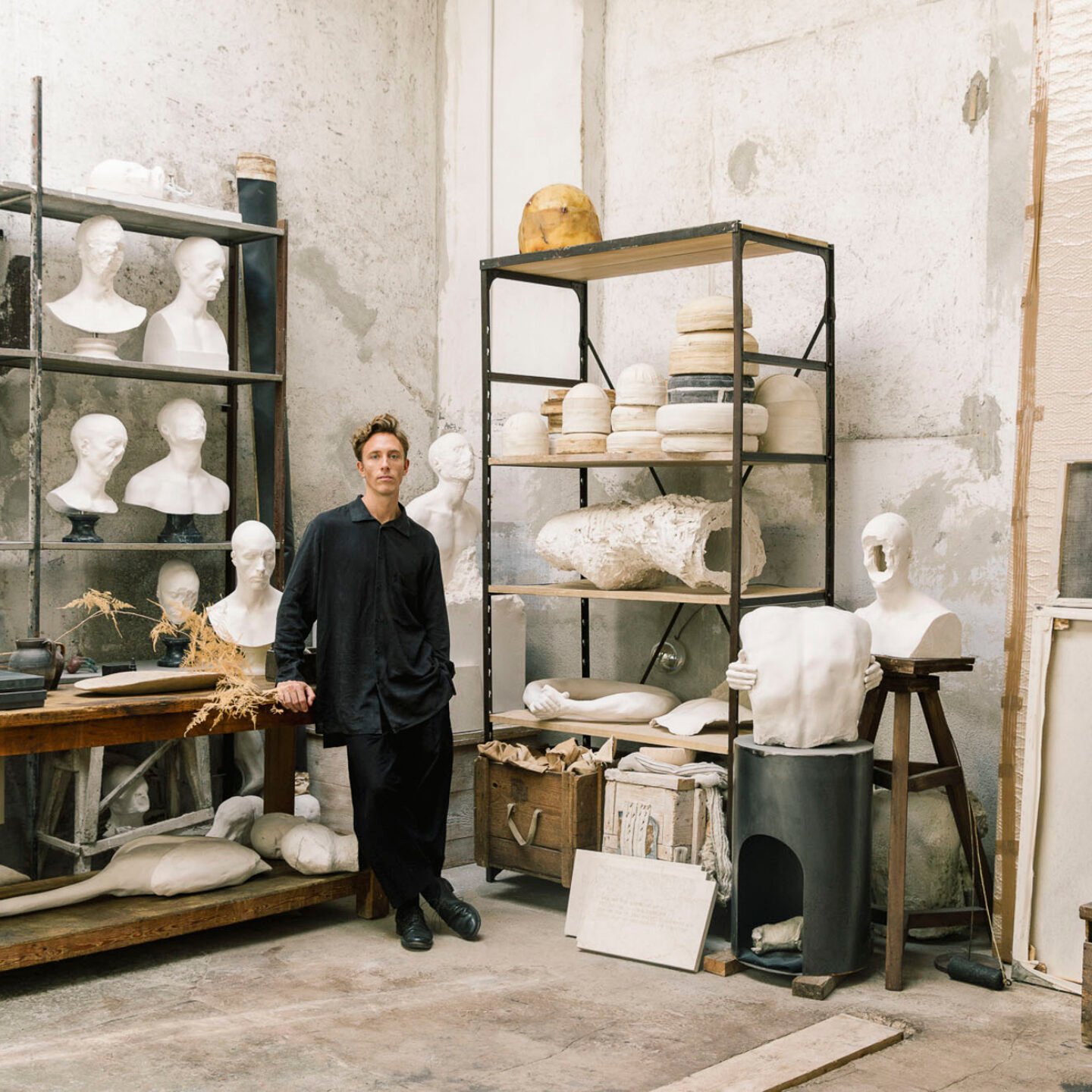
The Inner Work of Leonardo Anker Vandal
- Name
- Leonardo Anker Vandal
- Images
- Angela Simi
- Words
- Anna Dorothea Ker
Cloudbursts of sienna bloom across large-format canvases, effusive in their warmth. With time, an apparition appears to hover through. Below the surface of Leonardo Anker Vandal’s Adagio paintings, a disquiet gathers force, drawing the viewer into the fluid mirror of minimal abstraction. In the work and world of the self-taught Danish artist, beauty and sorrow are intimately entangled. Embedded in the existential preoccupations of his 18th-century Romantic muses – Keats, Yates, Mahler – his work is forged through the “excavation of memories;” a personal therapeutic process with widespread resonance. From his studio in Brescia, Italy, accompanied by his beloved Border Collie, Nemorino, Anker Vandal speaks with radical openness about the arc of his autodidacticism, existence outside the art establishment, and the figurative trail of breadcrumbs he hopes to leave for those who need it most.
Darkness and Light
At 25, Leonardo Anker Vandal had a hallucinatory vision. An enormous tower made of bird cages appeared before him, stretching 30 meters tall. “There’s darkness entering this tower,” he recalls. “All the bird cages are empty, all the doors just open and there’s just this sound of silence, a bit like the sound of space. There is one way of escaping – a hatch up above, where there is light.”
The image came to his mind’s eye at a low point. Anker Vandal had been seeing a psychiatrist, processing early childhood trauma, and difficult memories were coming to the surface. “From that day, that vision became everything for me,” he says. “I had to explore it further.” His inquiry led him to immersion in the writings of Freud and Jung, uncovering the notion of repressed memory, whose “excavation”, as he puts it, is a throughline of his practice.
The cage, or prison, looms equally large as a Leitmotif. “My early work was about seeing the body as a sense of confinement, where you want to escape the exterior of your own shell, which is almost impossible.” To “go to the Romantic side”, he references his foremost muse, poet John Keats, who wrote to his fiancée, Fanny Brawne, of wanting to be a butterfly who lives for just three summer days, as in those three days he could feel more than 50 years could contain.
Riffing off the metaphor of the butterfly and its metamorphosis from a constricted chrysalis to a creature in flight, Anker Vandal muses, “We [as humans] can’t. We’re stuck in this mortal shell. But through closing our eyes, we have this possibility to really go into this incredible universe within our brain. It’s kind of difficult to access because at first, we may just see this black emptiness, which most fret about. Then it kind of opens up and expands.”
Facing the darkness and bringing it to light is central to the Danish self-taught artist’s deeply introspective practice, currently situated in Brescia, Lombardy. A long period of searching led Anker Vandal to an expansive 350 square meter studio, a building in disrepair that he fixed up. “I spent everything I own to make this my little chapel.”
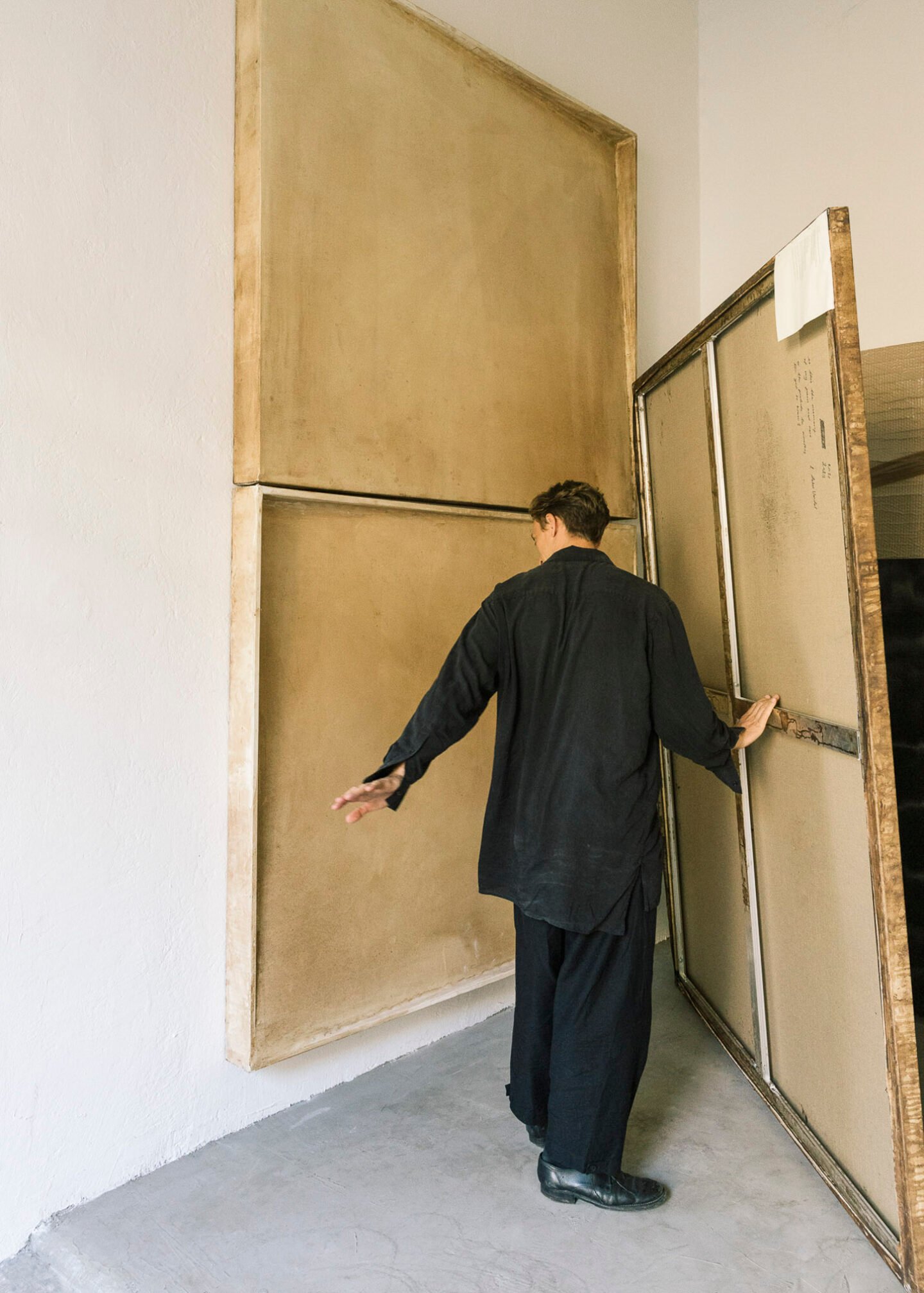
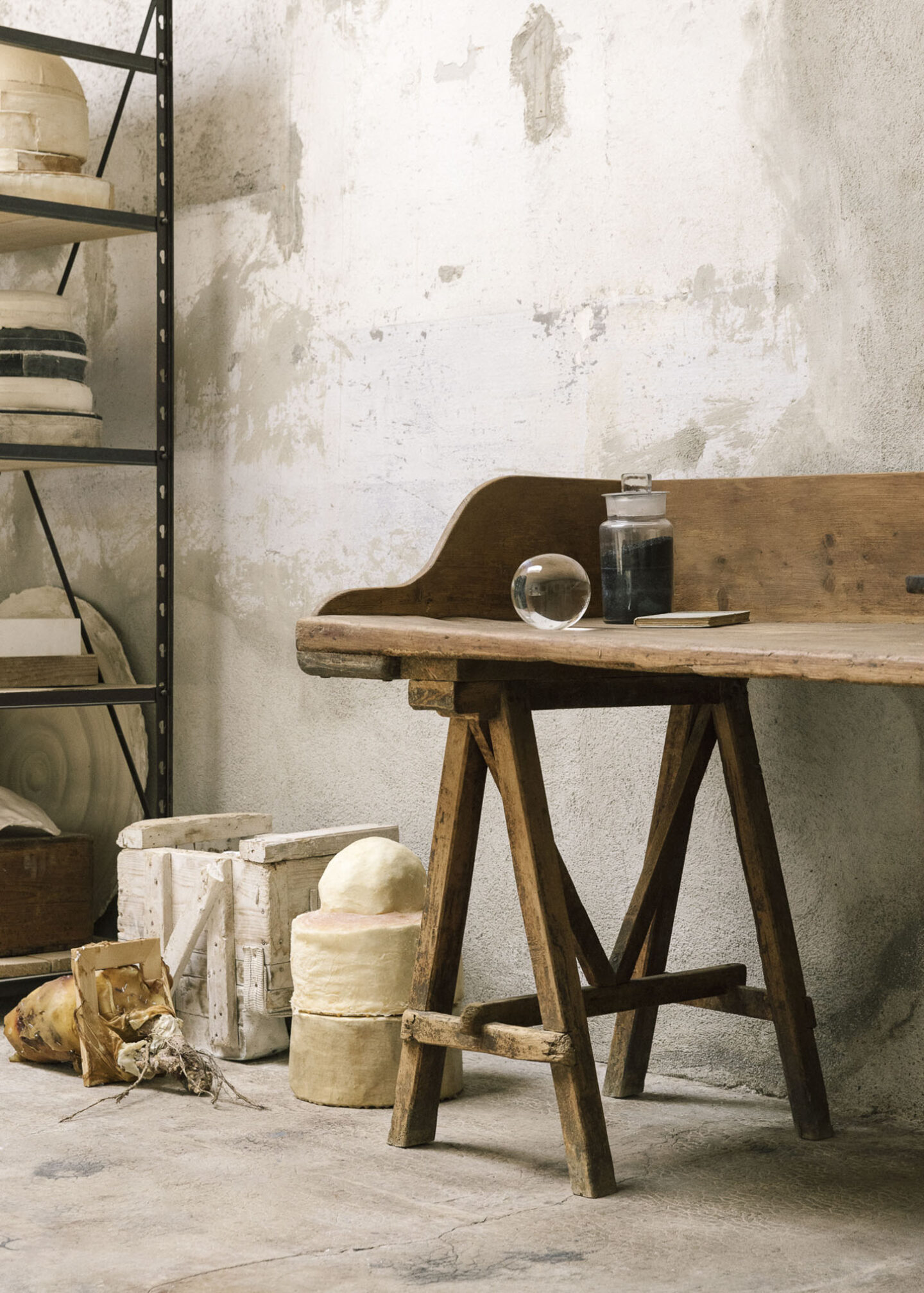
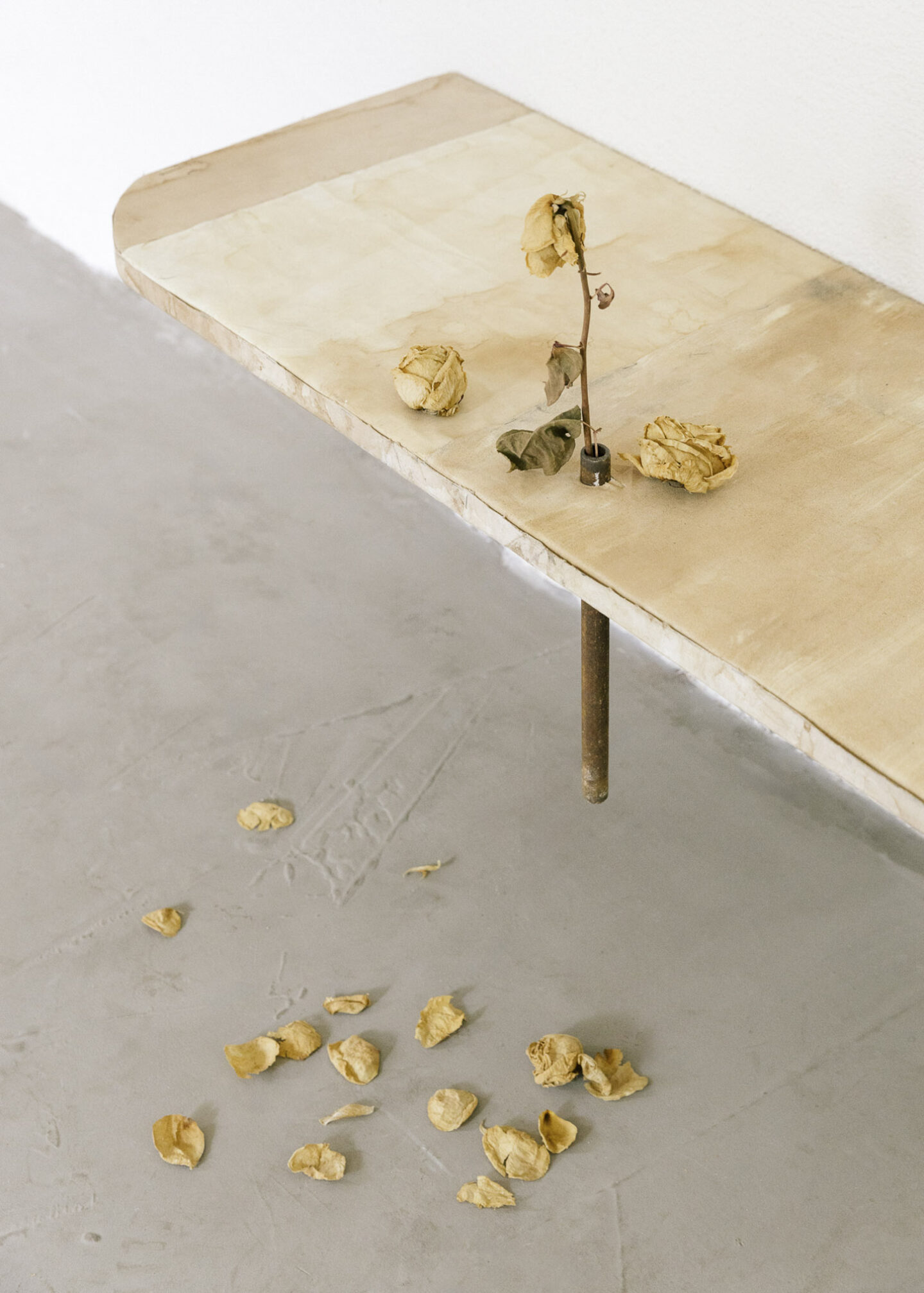
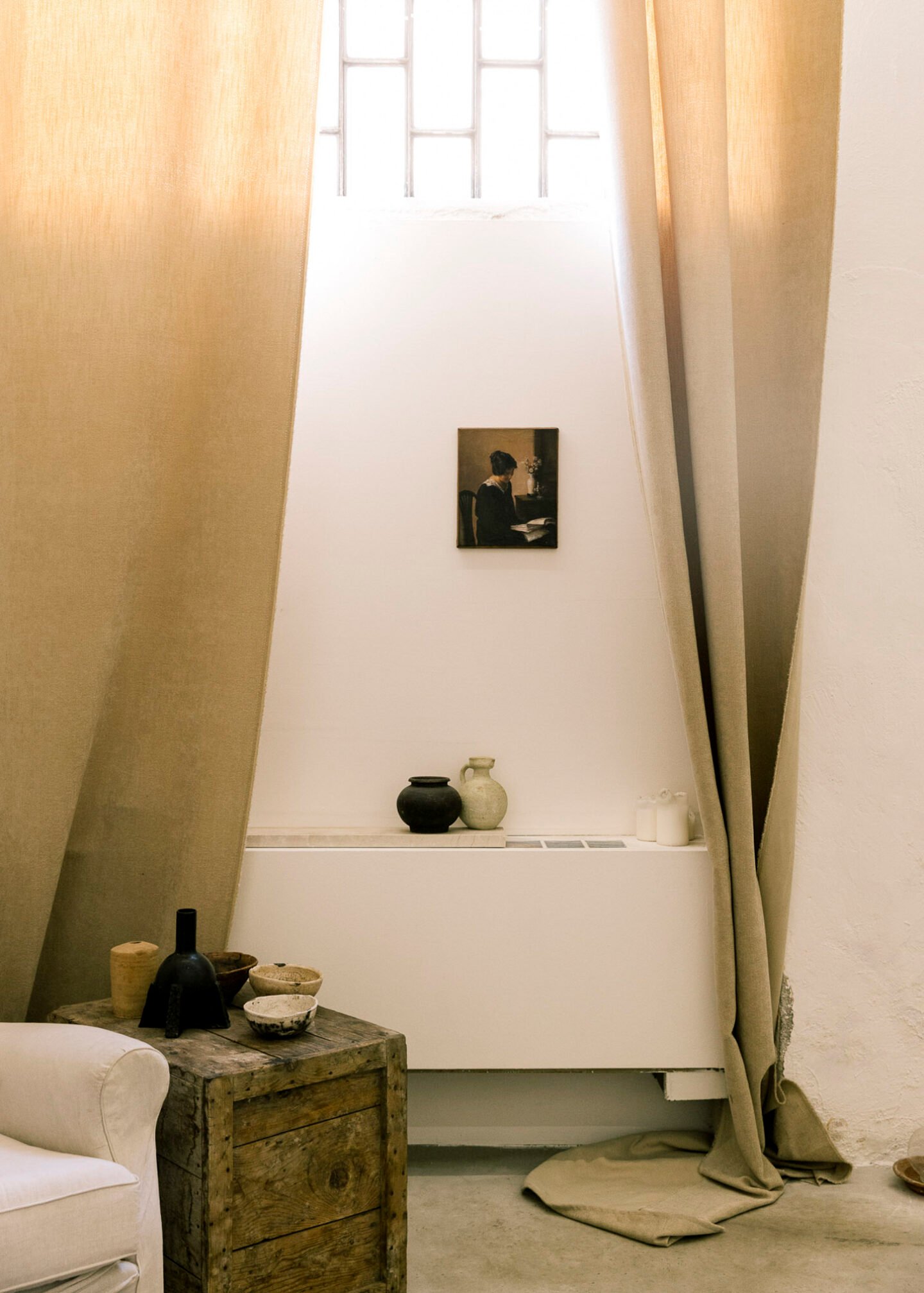
Formative Years
While an artistic streak runs through several generations of amateur painters in his family – “Is there something inherent?” he questions – Anker Vandal has no formal artistic training. His devoted intellectualism and rich archive of literary references belie the fact that he completed his institutional education at 16. He began painting in his early 20s, furiously experimenting in a small storage space in his small Copenhagen loft apartment. “When I first started, I had no idea what I was doing, where I was going, where this would take me,” he said. I felt like there was a sense of intuition that I had to follow.”
Moving to Paris at 25 “completely changed the landscape,” he recalls. Weekly visits to the Palais de Tokyo helped him to forge his taste and begin to find his style. As creatively inspiring as that period was, it was also shaped by intensive health struggles. “When I was 25, I had, I would say, a pretty severe breakdown,” he shares matter-of-factly. “That led me to understand that maybe I do have a voice, maybe I do have a story to tell.”
During this time, Anker Vandal’s inquisitive spirit kept him afloat. “It’s kind of weird that even though you’re on the bottom of the lake and you cannot get out of bed and everything is tough, somehow curiosity can still manifest itself.” His curious mind continues to propel him forward today. Art is a form of working through, a way of processing the trauma of a childhood spent between orphanages and foster families. Above all, it’s a way of life he inhabits completely; at once intensely personal and a bridge to universal connection.
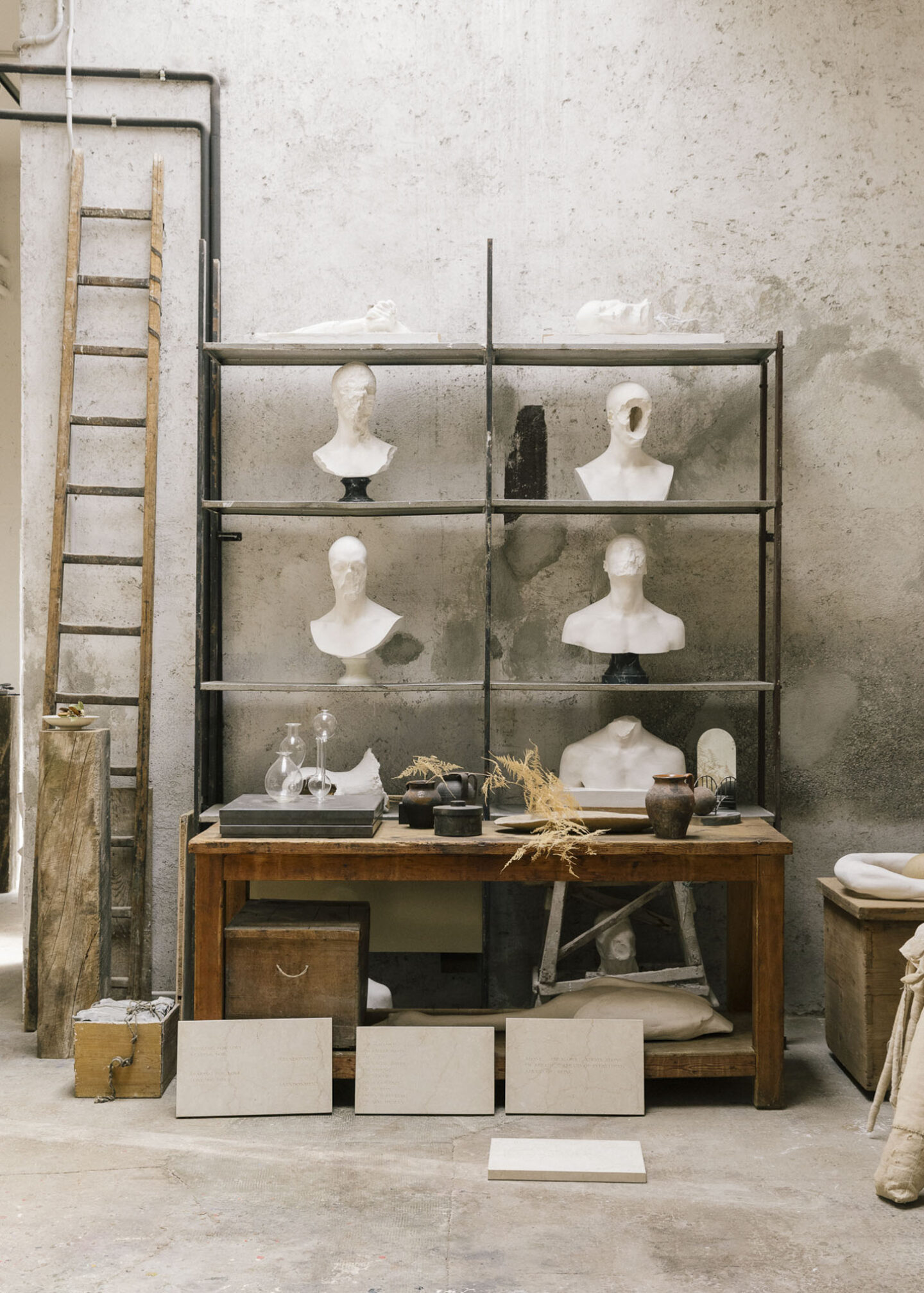
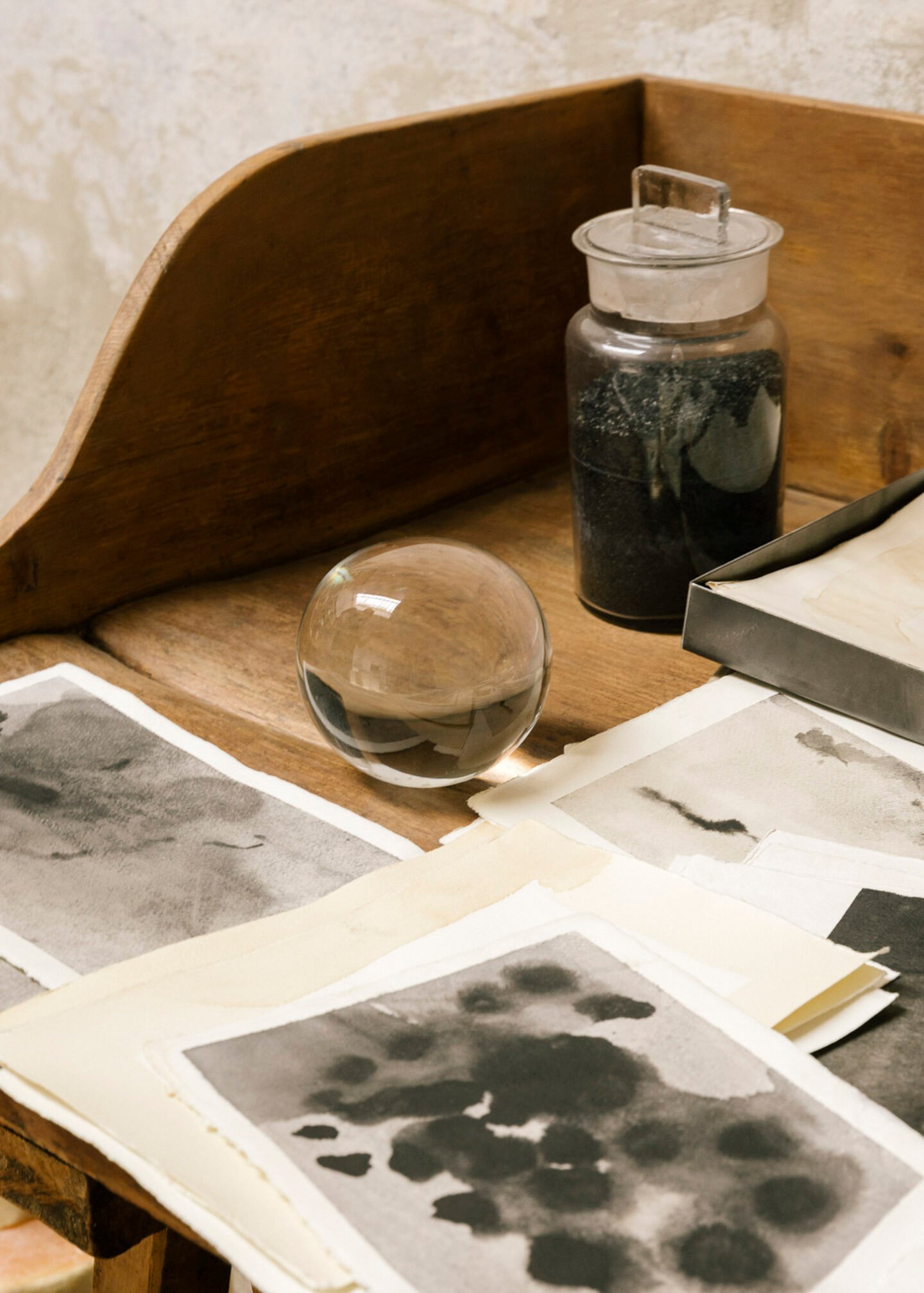
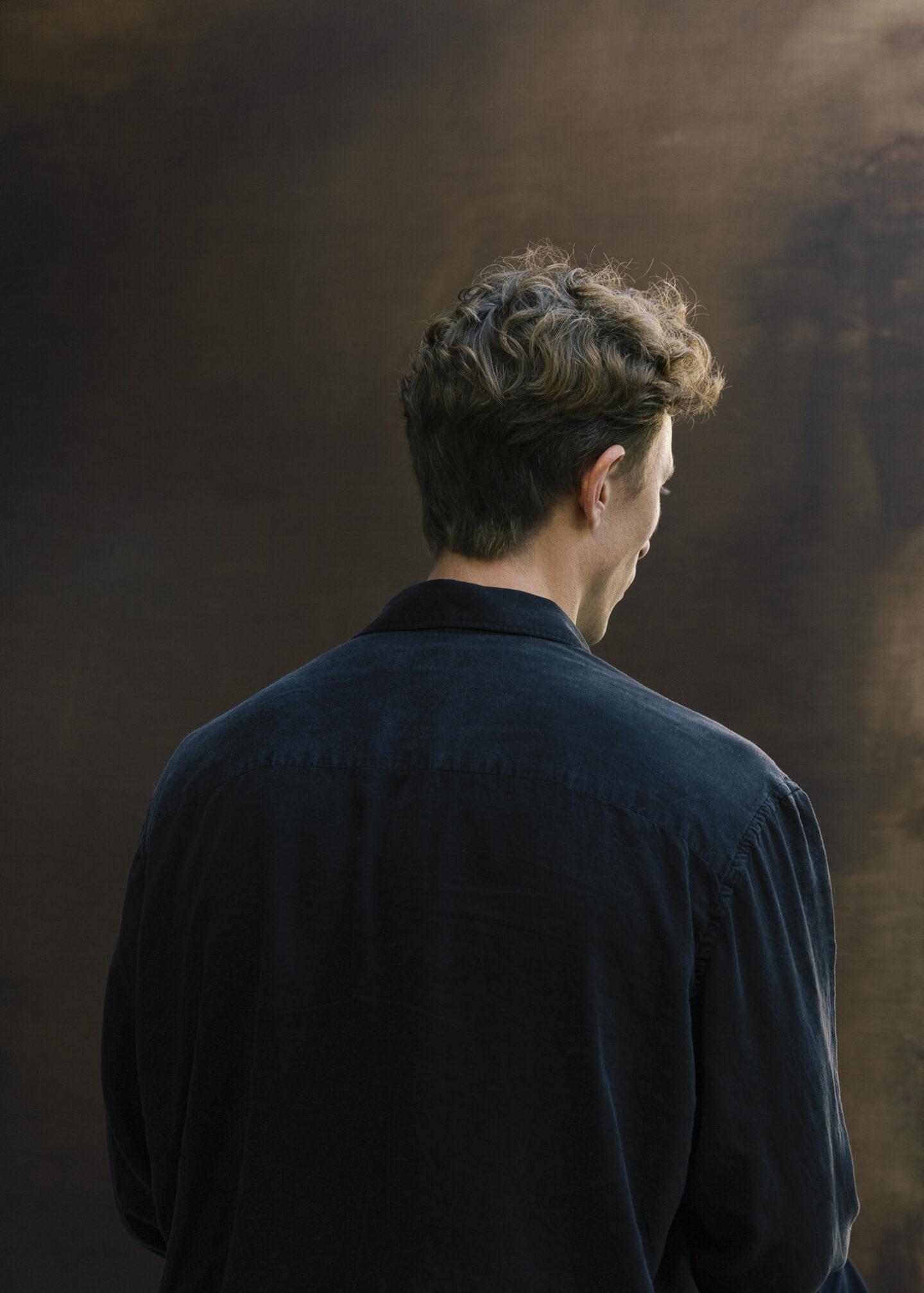
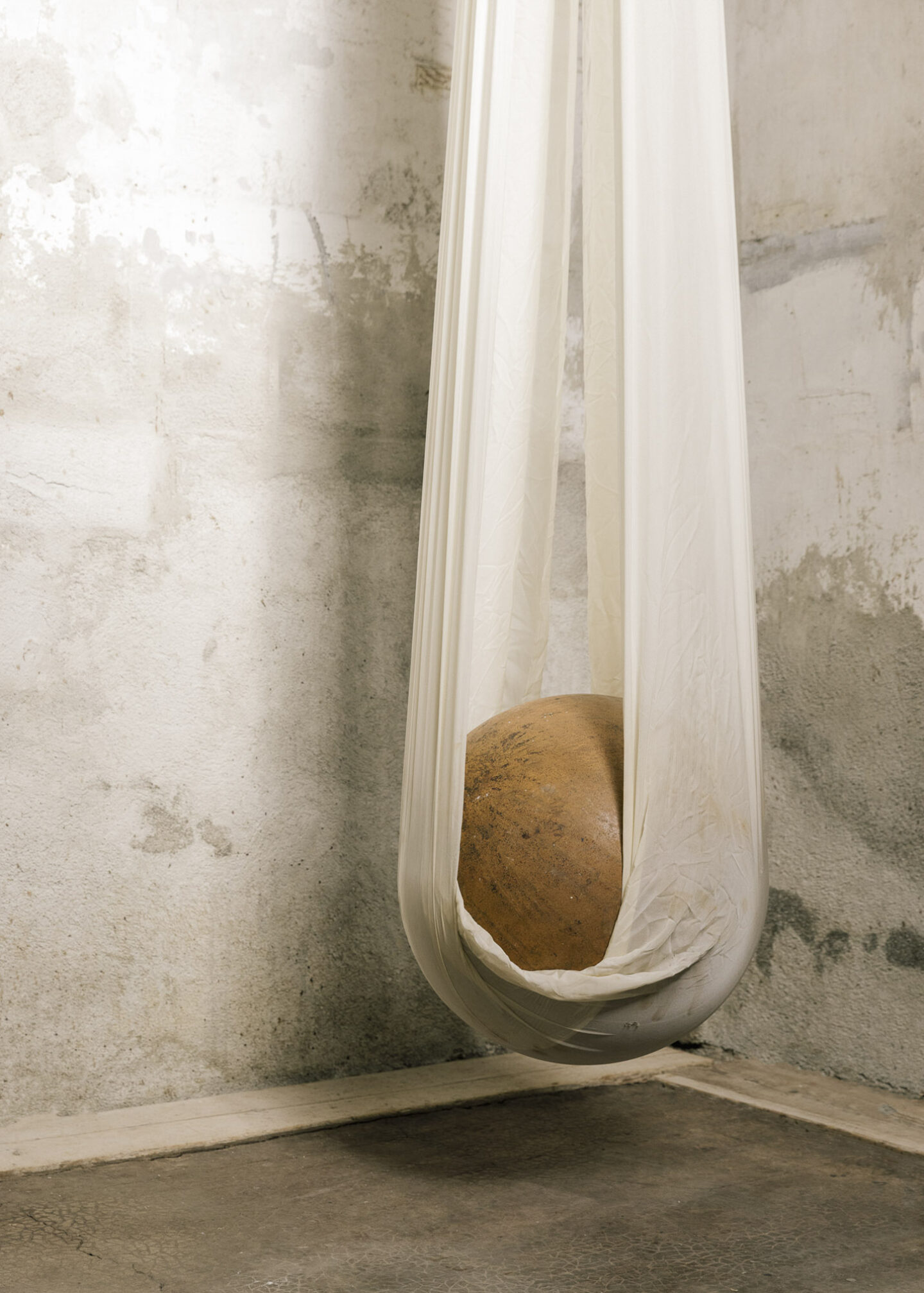
The Intimacy of Solitude
The radical transparency with which Anker Vandal shares his work and life came to the fore at his exhibition The Stolen Child at C.A.R.M.E. Brescia in late May and early June 2024, exhibited between a deconsecrated church and his own studio. The show takes its name from a Yeats poem that draws from Irish folklore to tell of a child stolen by fairies and replaced by a ‘changeling’ in a meditation on loss, longing, and identity. Bulbous sculptures covered in skin-like sheaths of translucent latex suspended from the ceiling protruded from walls and lay supine on frames, straddling the grotesque and the sublime.
As a raw exploration of painful childhood memories, The Stolen Child was his most personal show yet – and his most moving. Visiting the exhibition incognito one day, he was touched to witness people crying. He paraphrases Malcolm Guite, an English priest, poet, and scholar whom Anker Vandal approached to write a text to accompany the show, “by seeing my wounds displayed, it could help them heal their own.”
Reaching out across voids of solitude and disconnection has become a priority, “because I know how important it has been for me,” he says. “Art is a lifeline. I hope that’s what I can bring.” Long captions to Instagram posts share the poems or music they respond to [he is currently on hiatus from the platform], and short videos created to accompany his exhibitions offer an intimate view into his inner world.
Many of Anker Vandal’s preoccupations are embedded in 18th-century Romanticism. Alongside Keats and Yates, Wordsworth, Goethe and Müller, the composer Gustav Mahler looms large. “Every time I research something, I can trace it back to one of his symphonies or his Lieder [songs]. He leaves things behind that I can follow or come across at a different time.” Mahler’s song cycles and poems underscore his entire body of work, having inspired his Songs of a Wayfarer painting series and pulling through the Adagio paintings that have engaged him over the past decade.
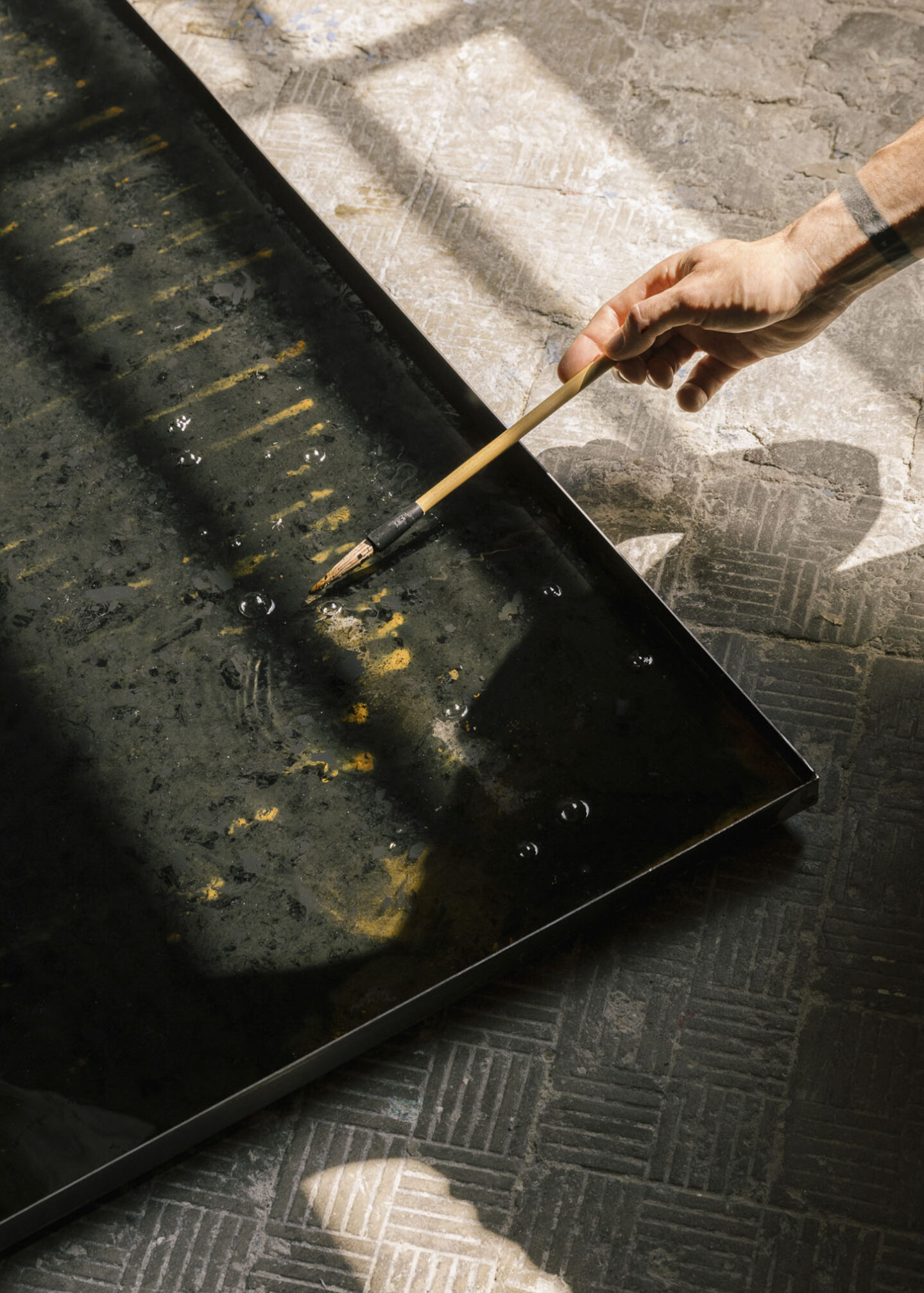
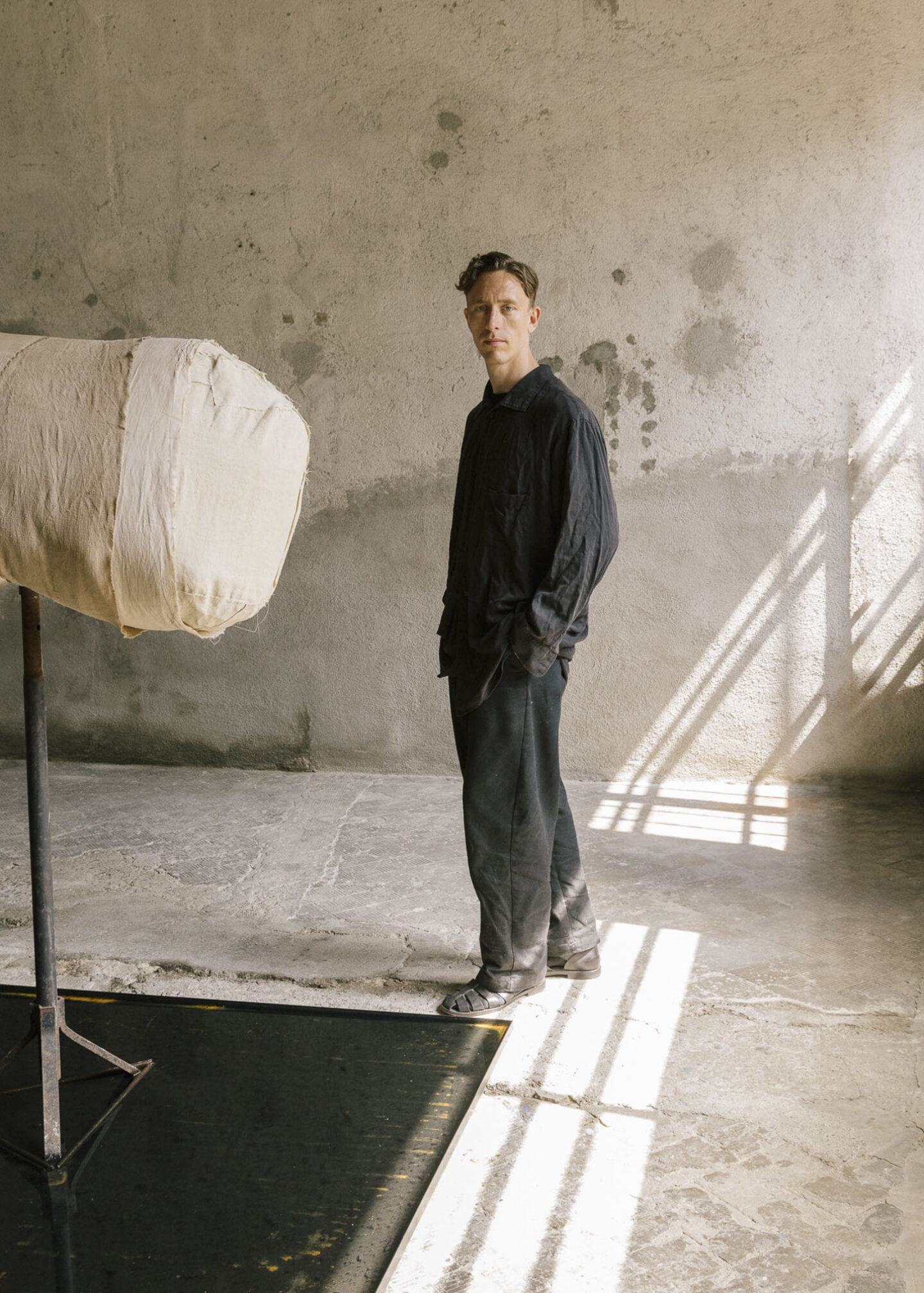
Toward Expression
When he was young, Anker Vandal dreamed of being a ballet dancer. Traces of movement – a dialectic between control and surrender – are visible within the Adagios’ auburn tonality. “There is a little dance between me and the canvas. There is this sense of movement and there’s also an out-of-body experience,” he says. “I carry the painting very lightly above the ground to kind of like have the can I say the wave or make the water make this undulation on the canvas. The water cascades off the canvas and whatever is left is the unknown. There’s a very dance-like approach to it.”
Resolute in his minimal abstraction, Vandal reached toward representation in his 2023 exhibition In a Landscape at Milan’s Cadogan Gallery, which featured an evolution of the Adagios, with deeply nuanced textures that begin to allude to form. Researching Song dynasty painters of 12th century China who created landscapes from their imagination saw him reframe his understanding of landscape painting from pure representation to expression.
“Painters who weren’t academics – who weren’t hired by the emperor – and painted in the Chinese land did a beautiful landscape of their own mind. They didn’t include humans, because humans weren’t that important. There was enough beauty in nature,” Anker Vandal says. “If they were to add a human, they sometimes added the ‘wanderer,’ which is something I see of myself.” Each work in ‘In a Landscape’ is paired with a poem from Wilhelm Müller’s Die Schöne Müllerin [The Maid in the Mill], about a wanderer who follows a rushing river toward his love, to tragic ends.
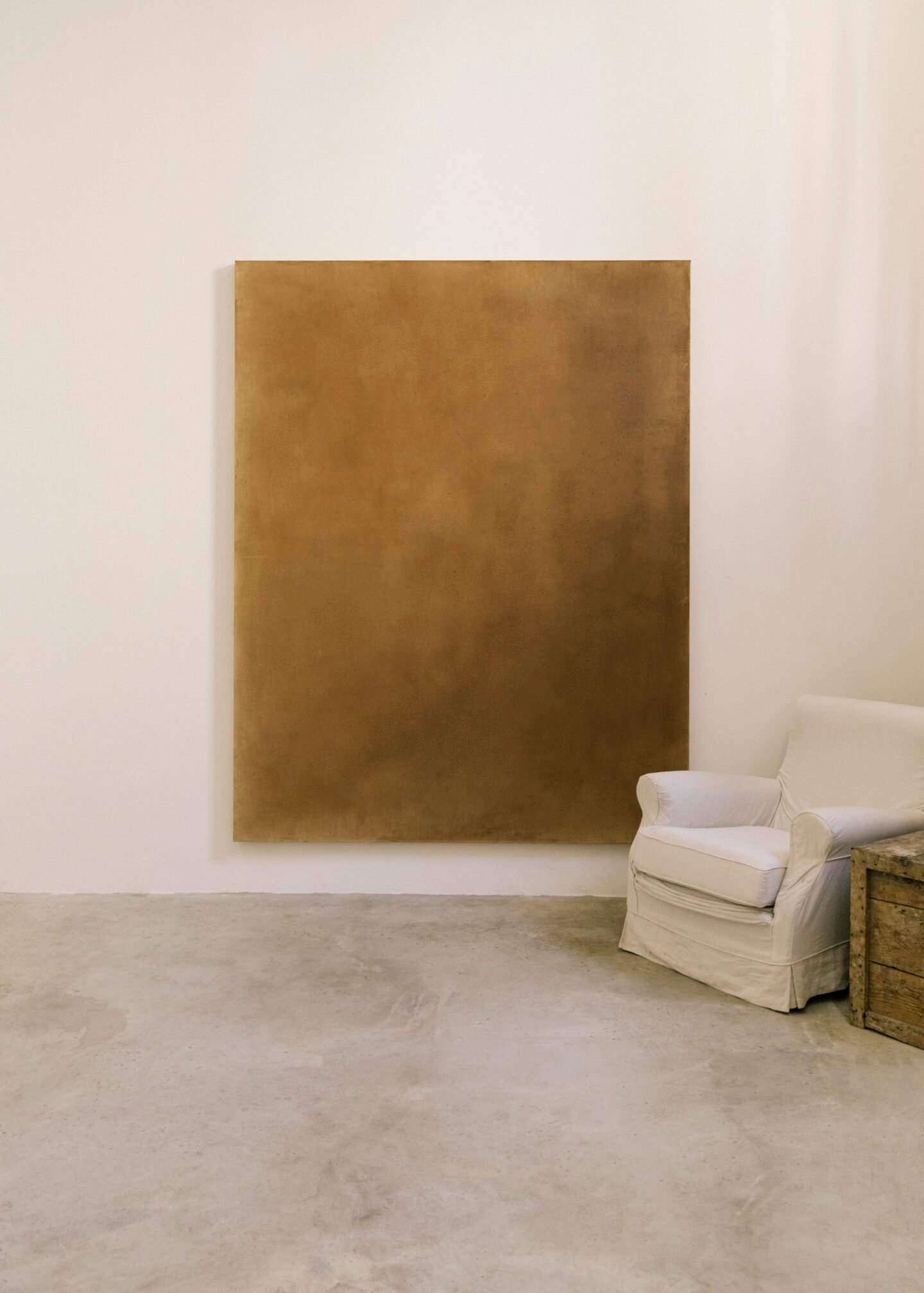
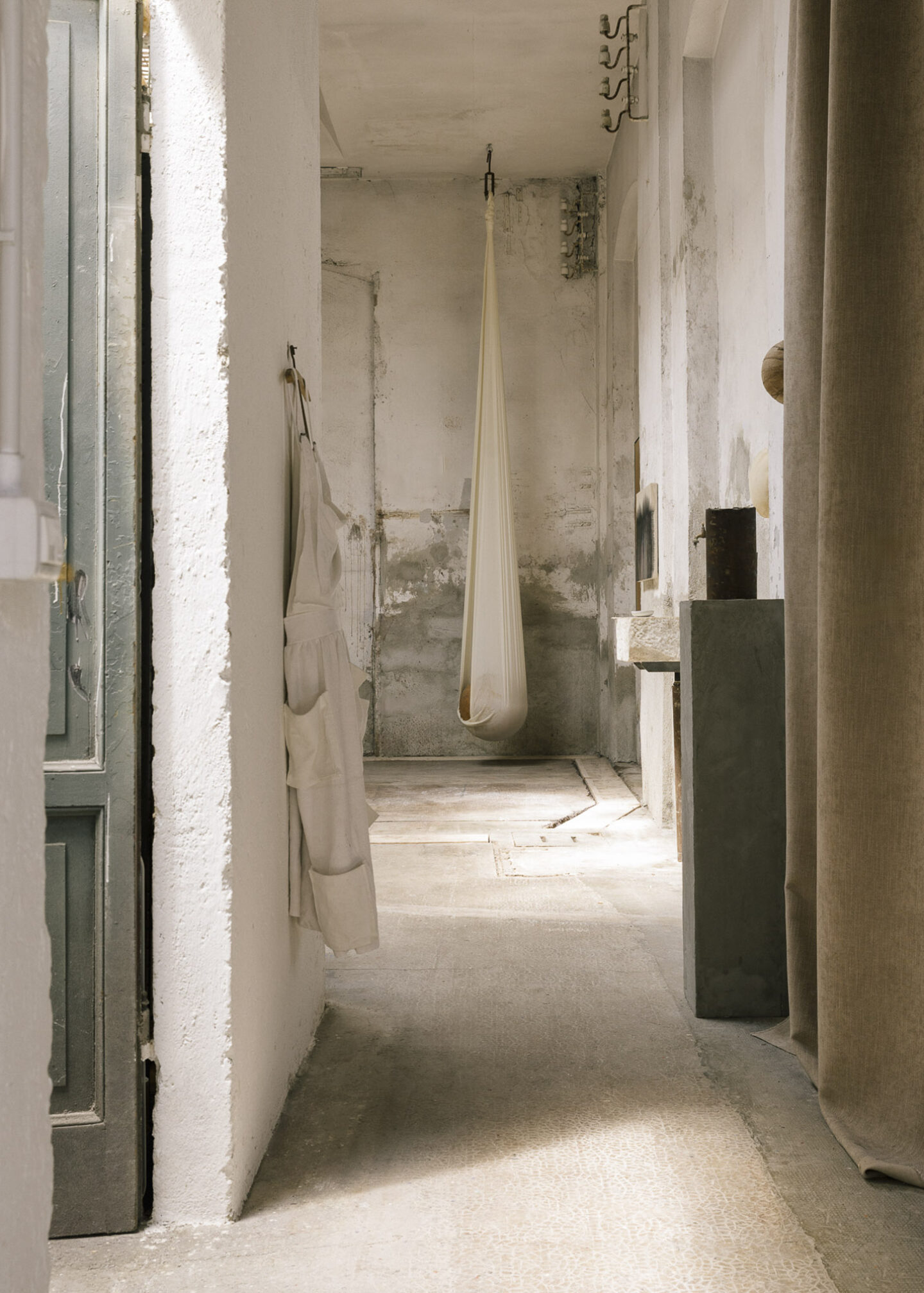
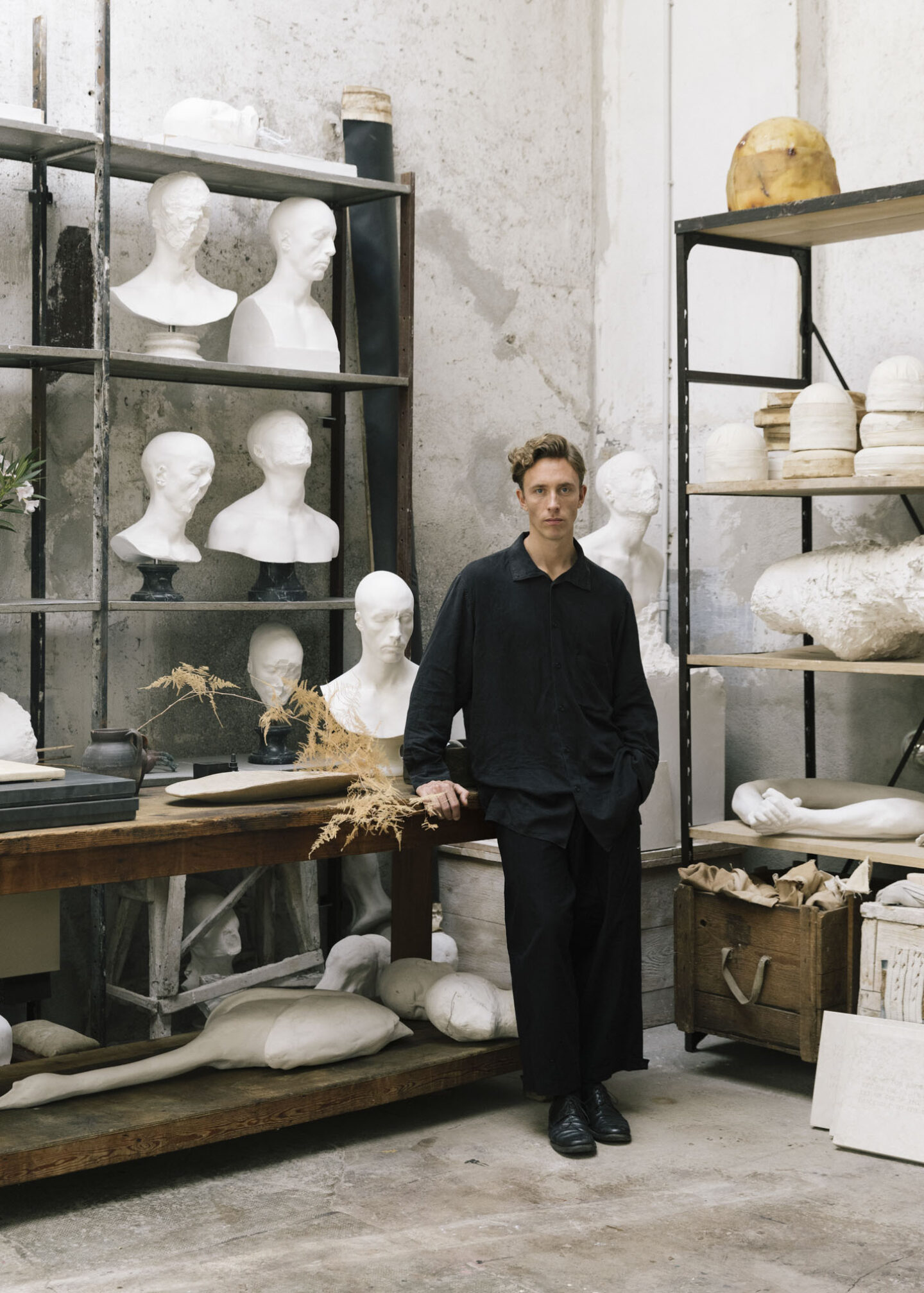
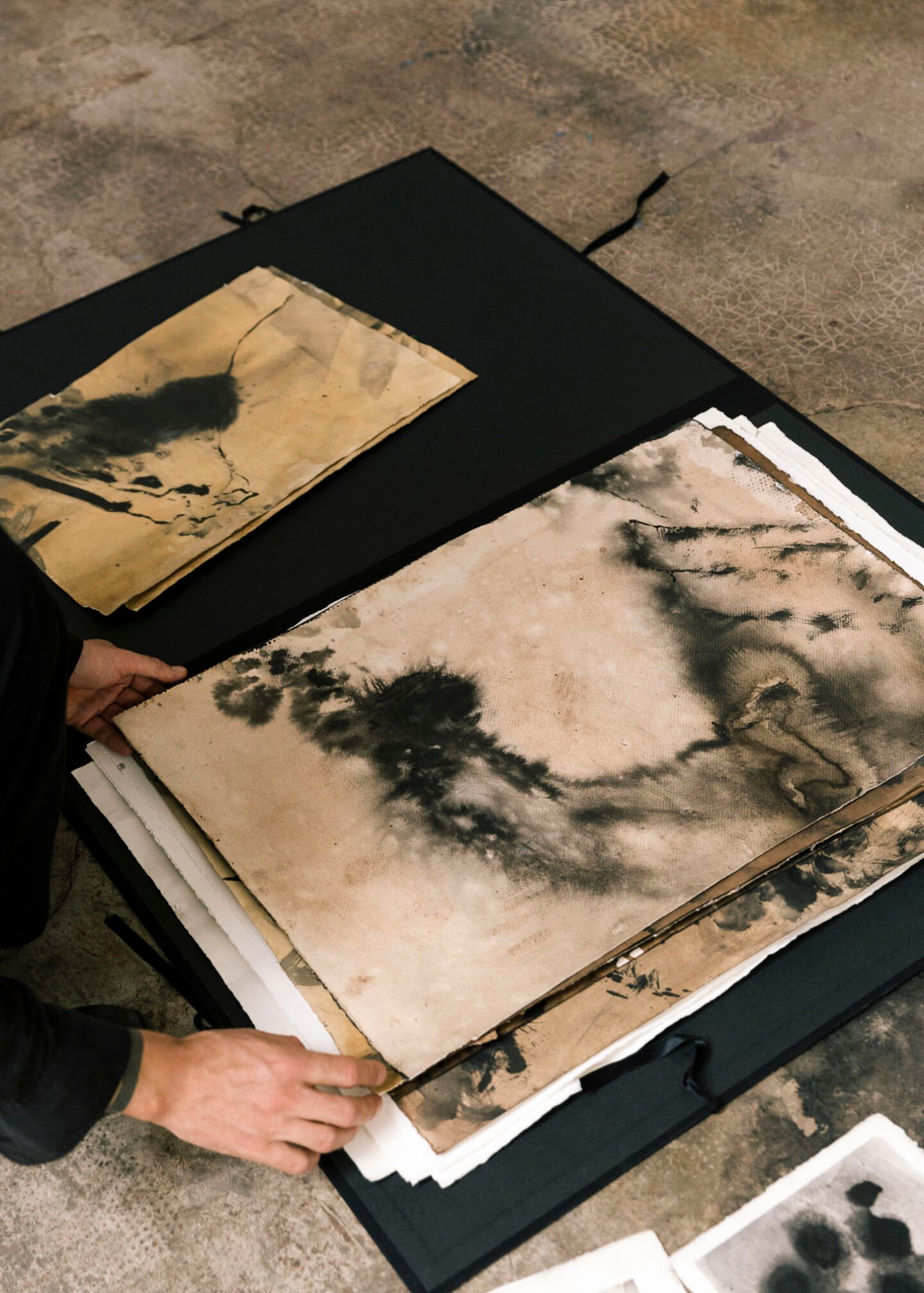
The Wanderer
“When I first made my Adagio paintings, I kept titling them in specific reference to something. They are essentially an action that produces a breadcrumb,” he says. “There’s the wanderer in the sense that I can walk into something, but also that I can leave a trail. It’s a way to survive, in some sense, because I keep searching for what’s beautiful in this world. It’s also this kind of desperate hunger of filling the sorrows with beauty,” he says.
The exquisite and the melancholic are never far apart in Anker Vandal’s world. The fragility of the solitary artist’s life is ambiently present, as are the inescapable realities of creating under late capitalism. “Five, ten years ago I would never have imagined that I could live like this. How can you possibly know that somebody would purchase a painting made out of tea and the ashes of flowers?” he says. Yet for an artist who knows no division between work and life, there’s no alternative. “This is something I would do at all costs, at all times. It’s just about figuring out how to.”
Things to figure out include where to head next. Plans to move on from Brescia have been on the horizon. “I don’t know where this journey will end up,” he says, “but the beauty is that now I have a companion.” Nemorino, an exuberant black one-year-old Border Collie, is affixed to his side. “I take a lot of responsibility for my dog; I want to give her the best life. I’m contemplating finding and building something again. Somewhere with a lot of land, hopefully, so she can always run free and never be on a leash again.”
Images © Angela Simi | Text: Anna Dorothea Ker
